Gallery
Photos from events, contest for the best costume, videos from master classes.
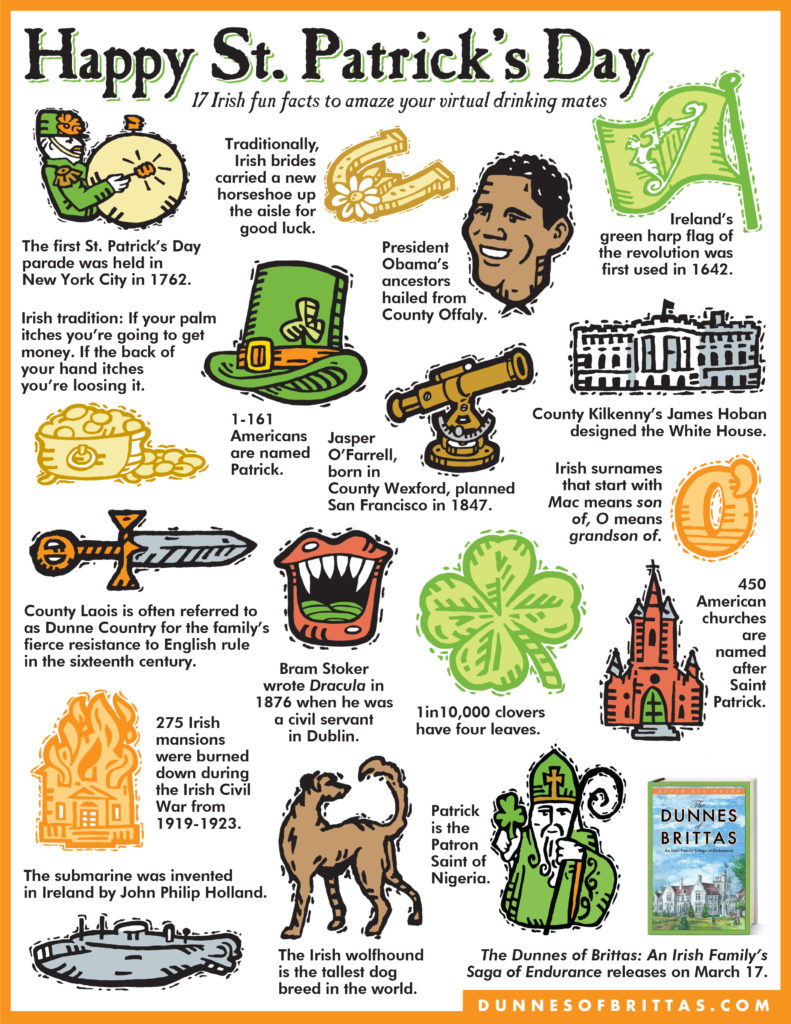 | 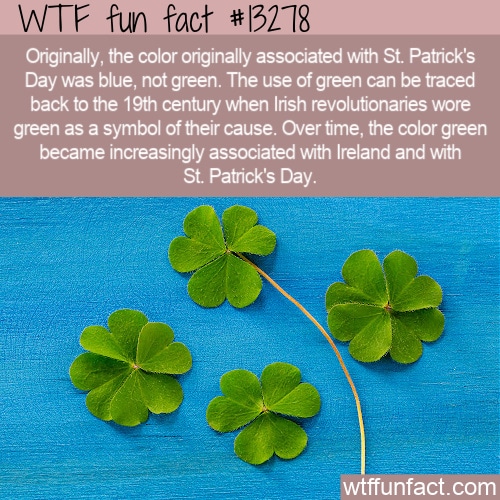 |
 | 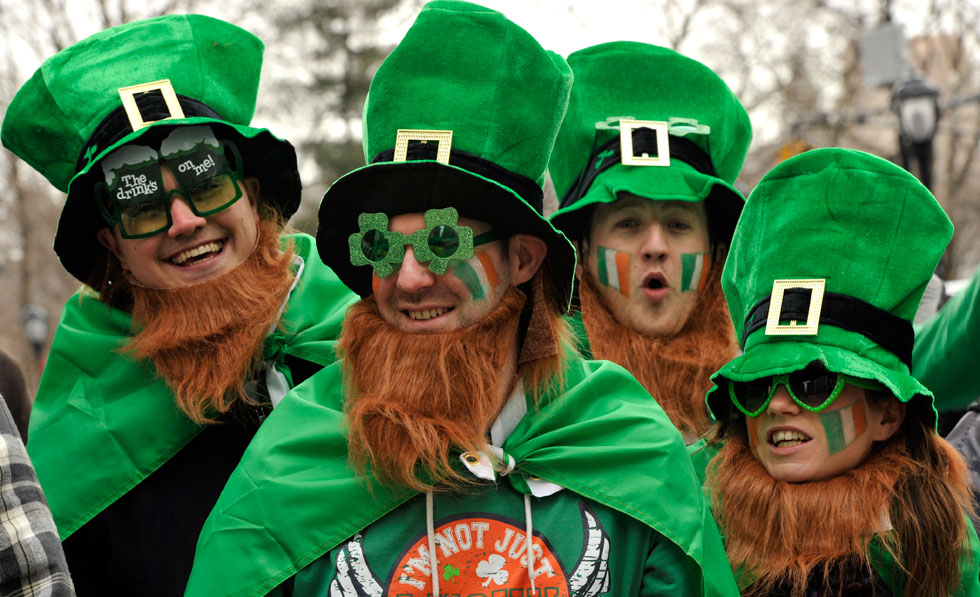 |
 |  |
 |  |
 | 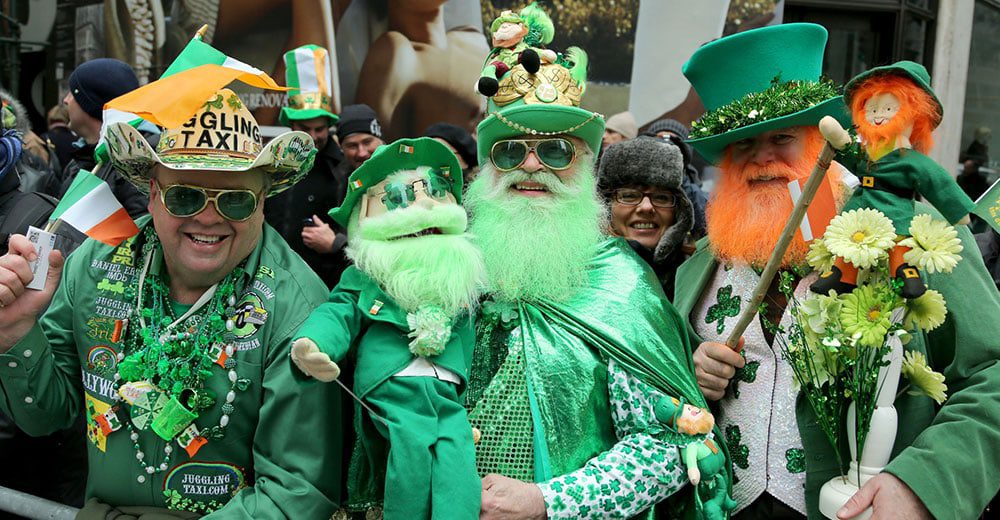 |
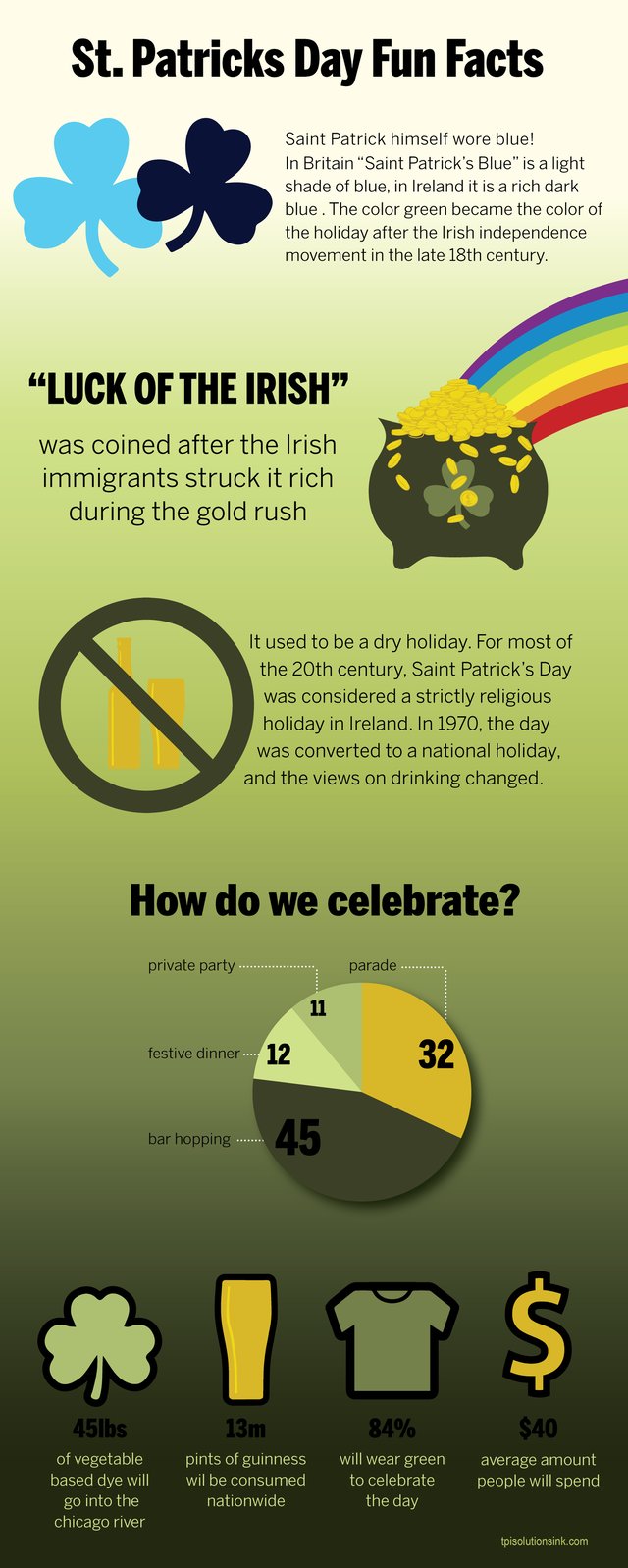 |  |
Fun facts about St Patrick’s Day and other things to know. Did you know? St Patrick’s Day only became a religious holiday in Ireland in 1903. As a result of St Patrick’s Day being a religious holiday, pubs had to close on St Patrick’s Day until the 1970s, when it was reclassified as a national holiday. March 17th is the day of green, shamrocks, and leprechauns. But St. Patrick's Day is so much more than a color, and the many symbols have deeper meaning. Explore these cool facts about St. Patrick The first St. Patrick’s Day parade was not in Ireland but in St. Augustine, Florida, in 1601. The modern large-scale St. Patrick’s Day parade tradition started in New York City in 1762. Chicago dyes its river green every St. Patrick’s Day, a tradition that started in 1962. St. Patrick was not Irish, he was from Wales St. Patrick is not Irish, he is actually Welsh. He served as a missionary in Ireland, but later fled back to England. The first St. Patrick’s Day parade took place in New York City in 1760s How come? Many Irish emigrated to New York back in the 1760s and this parade featured Irish soldiers serving Discover 10 surprising facts about St. Patrick’s Day that might just amaze you! 1. St. Patrick Wasn’t Actually Irish. It’s hard to believe, but St. Patrick, the patron saint of Ireland, wasn’t born in Ireland! He was born in Britain around the late 4th century. Kidnapped by Irish raiders as a teenager, he was brought to Ireland as a slave. 19 St. Patrick’s Day Fun Facts You Might Not Know St. Patrick's Day -- a day when everyone is a little bit Irish! But St. Patrick’s Day is more than just shamrocks, leprechauns 🍀🧑🎤, and wearing green—it’s a holiday filled with rich history, surprising traditions, and fascinating myths. Interestingly, the first St Patrick’s Day parade was not held in Ireland at all, but in Boston in the United States in 1737. This was followed by an “official” parade in New York in 1766. Ireland was a little further behind – our first parade was held in Waterford in 1903, while Dublin joined the club back in 1931. The earliest Saint Patrick’s Day parade took place in 1601 in what is now St. Augustine, Florida—not Ireland! 6. It’s a Religious and Secular Holiday. While it began as a religious feast day, Saint Patrick’s Day has evolved into a global celebration of Irish culture. 7. Guinness and the Holiday. Though St. Patrick is the patron saint of Ireland, people all over the globe celebrate his feast day, March 17, every year. Generally, in the United States, this celebration follows a standard order: don something green, go to a parade, eat corned beef and cabbage, and drink a Guinness (or twoor three). Patrick - A Slave to Ireland, RTÉ One, St. Patrick's Day at 7pm - catch up afterwards via RTÉ Player. More stories on. Culture; st patricks day; Listicles; The rise of the St Patrick's Day Parade Another St. Patrick’s Day has rolled around and many Saskatchewanians are decked out in green today as we honour the patron saint of Ireland, St. Patrick. You may be surprised to know green wasn’t always the colour of St. Patrick’s Day and that St. Patrick wasn’t his real name. Here are some surprising fun facts about this day in green. 3. In what U.S. city did the first-ever St. Patrick’s Day parade take place? St. Augustine, Florida (in 1601) 4. According to legend, what plant did St. Patrick use to explain the concept of the Holy Trinity to pagan Irish communities? The Shamrock. 5. From 1903 to 1970, what activity was actually banned in Ireland on St. Patrick’s Day? Here are 10 fun facts about St. Patrick’s Day that might surprise you! For more interesting reads on celebrations and community living, visit Springpoint Senior Living. 1. St. Patrick Wasn’t Irish. That’s right! Although he’s the patron saint of Ireland, St. Patrick was actually born in Britain around the late 4th century. St. Patrick’s Day, celebrated on March 17 each year, is known for its parades, shamrocks, and a whole lot of green. It’s a day when people around the world embrace Irish culture — whether they have Irish heritage or not. But behind all the revelry, St. Patrick’s Day has a deep and fascinating history that goes far beyond the modern celebrations. Some of the traditions we associate with 7. What mythological being is a part of St. Patrick's Day lore and Irish culture? Answer: Leprechauns . 8. Where was the first St. Patrick's Day parade in Ireland held in 1903? Answer: Waterford Discover 12 fascinating St. Patrick’s Day facts that blend Irish history, folklore, and modern celebrations. From the origins of the shamrock to eco-friendly initiatives and virtual parades, explore intriguing insights into the legacy of St. Patrick’s Day and embrace the spirit of the Emerald Isle. The tradition of St Patrick’s Day parades began in America, before the founding of the United States. A Spanish colony in what is now St Augustine, in Florida, held the first recorded parade on St. Patrick’s Day isn’t just about wearing green and celebrating with parades—it’s packed with history, traditions, and surprising facts! Here are 15 fun St. Patrick’s Day facts to impress your friends and boost your holiday spirit. 1. St. Patrick Wasn’t Irish Believe it or not, St. Patrick was born in Roman Britain, not Ireland! He Fascinating St. Patrick’s Day Facts. St. Patrick’s original color was blue, not green. The color green became associated with him due to Ireland’s nickname, "The Emerald Isle." More than 13 million pints of Guinness are consumed worldwide on St. Patrick’s Day. The Irish name for St. Patrick’s Day is "Lá Fhéile Pádraig." This is one of the few St. Patrick’s Day facts that I did know..! The largest St. Patrick’s Day parade in the world takes place in New York City. The parade attracts a staggering two million+ people every year. 4. Ireland’s first parade. The very first St. Patrick’s Day in Ireland was held in County Waterford in 1903. 5. A national holiday
Articles and news, personal stories, interviews with experts.
Photos from events, contest for the best costume, videos from master classes.
 |  |
 |  |
 |  |
 |  |
 |  |
 |  |